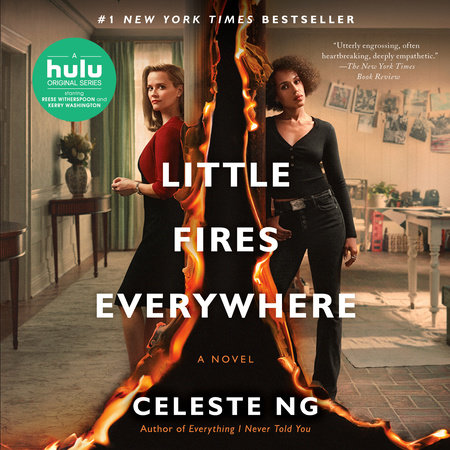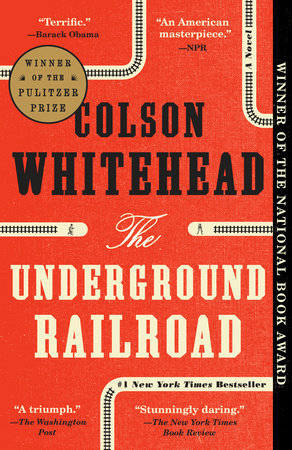"Readers of Celeste Ng’s second novel, “Little Fires Everywhere,” will recognize a few elements from her acclaimed debut, “Everything I Never Told You.” There are the simmering racial tensions and incendiary family dynamics beneath the surface of a quiet Ohio town. There are the appeal and impossibility of assimilation, the all-consuming force of motherhood and the secret lives of teenagers and their parents, each unknowable to the other.
 And there’s a familiar frame, too: At each novel’s opening, we know at least part of the tragedy that will befall the characters — the mystery lies in figuring out how they got there. In “Little Fires Everywhere,” we begin not with a death but a house fire, and new questions: Who set it, and why?
And there’s a familiar frame, too: At each novel’s opening, we know at least part of the tragedy that will befall the characters — the mystery lies in figuring out how they got there. In “Little Fires Everywhere,” we begin not with a death but a house fire, and new questions: Who set it, and why?The house belongs to Elena and Bill Richardson, a wealthy white couple who epitomize success in picture-perfect, late-’90s Shaker Heights, and their four teenage children, including girl-next-door Lexie and the troubled prankster Izzy, who is suspected of arson.
It’s Mia and Pearl’s arrival in town 11 months earlier that ignites the story. Mia is an alluring Hester Prynne, a misfit nomad whose scarlet A might stand for Artist. She and Pearl have traveled the country in their VW Rabbit with little more than Mia’s camera, living in dozens of towns before settling in Shaker Heights, where Mia promises her daughter they will stay.
The magic of this novel lies in its power to implicate all of its characters — and likely many of its readers — in that innocent delusion. Who set the little fires everywhere? We keep reading to find out, even as we suspect that it could be us with ash on our hands."
the Beehive Book Group Dinner was hosted by:







